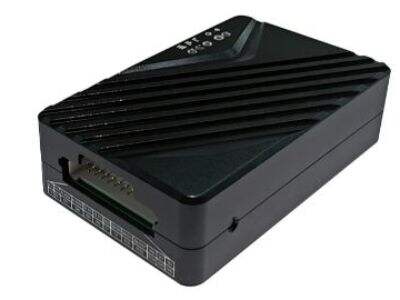When you have decided to shoot a video, to be distributed with your friends or among family, or globally, selecting the appropriate Codec is crucial. What is Codec? Acodec, essentially it's an application, used to compress and then decompress your video file. Using a codec lets you benefit from your video file of smaller size; it takes up space on your computer and allows you to upload your video faster to the web. Not to mention, don't forget that it's also important to make sure that your codec of choice supports your devices and is future-proof. HD Video Codec Selection Tips
How to Choose a Codec to Save Time and Space in HD Video
So there are different codes, and many can help you compress your video to reduce the space they take up in your computer. Yet, you have to watch out. Once you push that video too far with a codec it will lose a lot of its quality and zag when you want to play it. One of the most used codecs by far is the H.264. This codec works well since it compresses your video very nicely without losing you too much of its quality. So, especially important to you is probably if you are using video services like YouTube or Vimeo. These services are now popularly streaming the videos from people all around the world. Your viewers have probably downloaded their video through various internet speeds. H.264 is another pretty safe bet, as nearly any person will be able to see your video, and with hardly any wait time, either.
Another is Apple ProRes. Among the many reasons why many video experts or professionals use this codec is because of its high output quality. So, just be aware that Apple ProRes is only available on Apple devices. So, before using it, see if your friends or audience can watch video made with this codec.
Video Codec for Beginners: How to Ensure That Your Codec Works on All of Your Devices
The choice of codec is quite crucial since you must ensure that the codec would comprise more devices. Most popular codec includes H.264, which functions well across varied platforms such as Windows, Mac and Linux computers. Most of the video-enabled devices, which include smartphones and tablets, support the H.264 codec, meaning if your video is in H.264, then you will have a better chance of more people watching it.
When you're making a video to be embedded on a particular device; like an iPhone or iPad, you can Opt Apple ProRes codec. That way, your video will look good on those devices. But just like we discussed here, keep in mind that this codec is only working by Apple. If your audience is using a combination of devices you may choose to stay with H.264.
Choosing the Proper Codec for Your HD Video Requirements
Each codec has its own strengths and weaknesses. Some codecs are more appropriate for editing videos, while others fit better for online sharing. Before choosing a codec, think carefully about how you want to use your video.
If you’re making a video for online sharing, H.264 is probably your best option. They get better support, which is to say, more people can watch them. It also compresses your video down to a much smaller size, yet it sacrifices hardly any quality at all; it's just the thing for sharing online. If you plan to record something you're going to edit afterwards, use one of the high-end codecs such as Apple ProRes or Avid DNxHD. These even play nice with more advanced editing projects, all of you perfectionists out there.
Selecting Codecs That Keep Pace with New Technology
With technology constantly changing, it's best to choose a codec that keeps up with the changes. Nextgen video codecs (H.265, VP9) offer better video quality and smaller file sizes. While these new codecs may be exciting, they don't have widespread support yet, and they might not work for all devices. Hence it is wise to do a little research before adopting one of these newer codecs.
The type of mesh ad hoc network you choose is determined by present needs but, most of all, the future.
Overall, this is a very important step in producing network relay 4k wireless video transmitter HD videos. At Wind Fire, we know that good video is all about quality, and hopefully, these tips have given you the help you need to choose the right codec for your situation. Just make sure to choose a codec that both saves you time (and space), plays nicely with your devices, suits your needs and can target new technology. Overall, it is possible to create amazing videos that look incredible on every device and can be shared to everyone, everywhere with these considerations.

 EN
EN
 AR
AR CS
CS FR
FR DE
DE IT
IT RU
RU ES
ES ID
ID UK
UK TR
TR